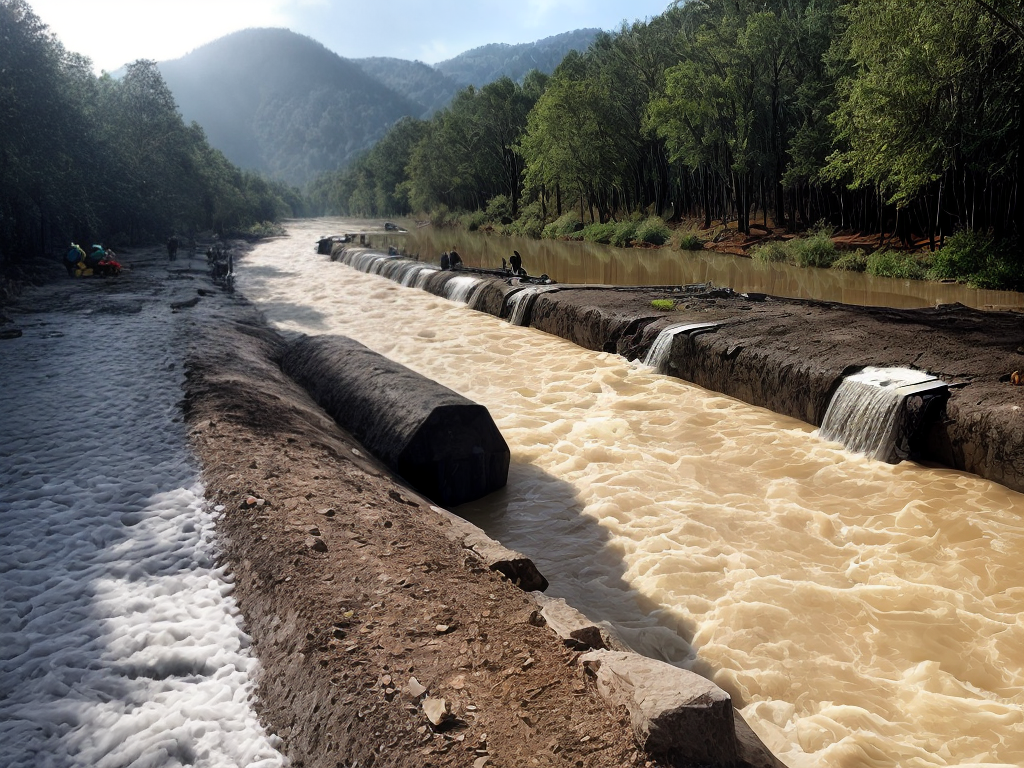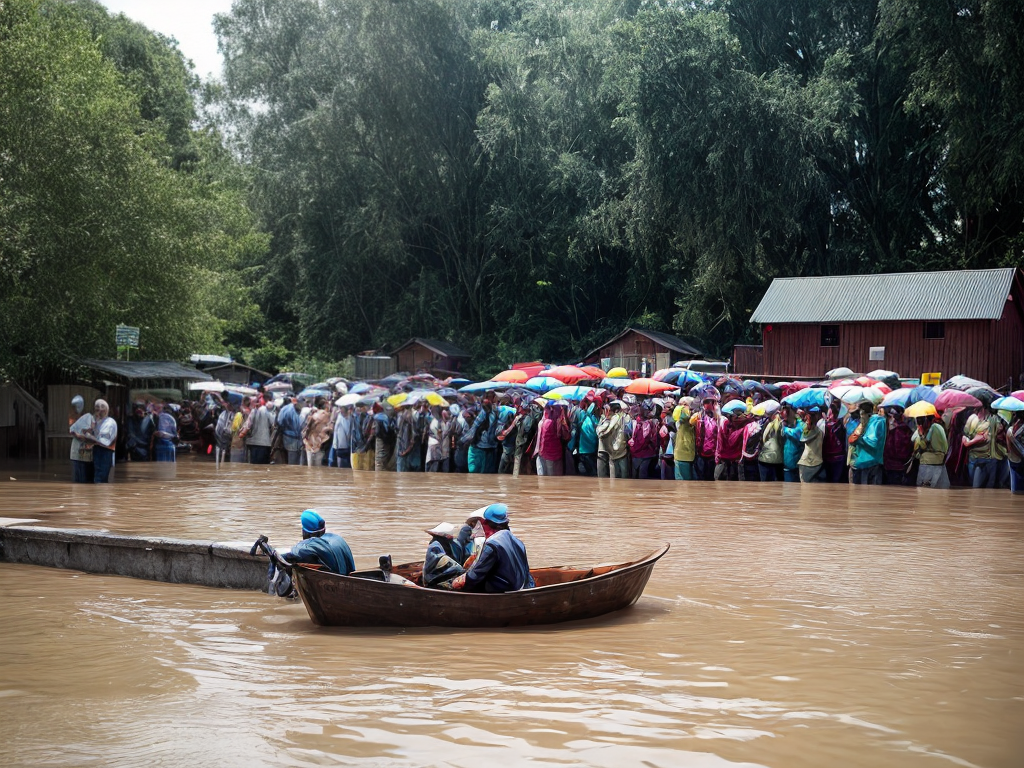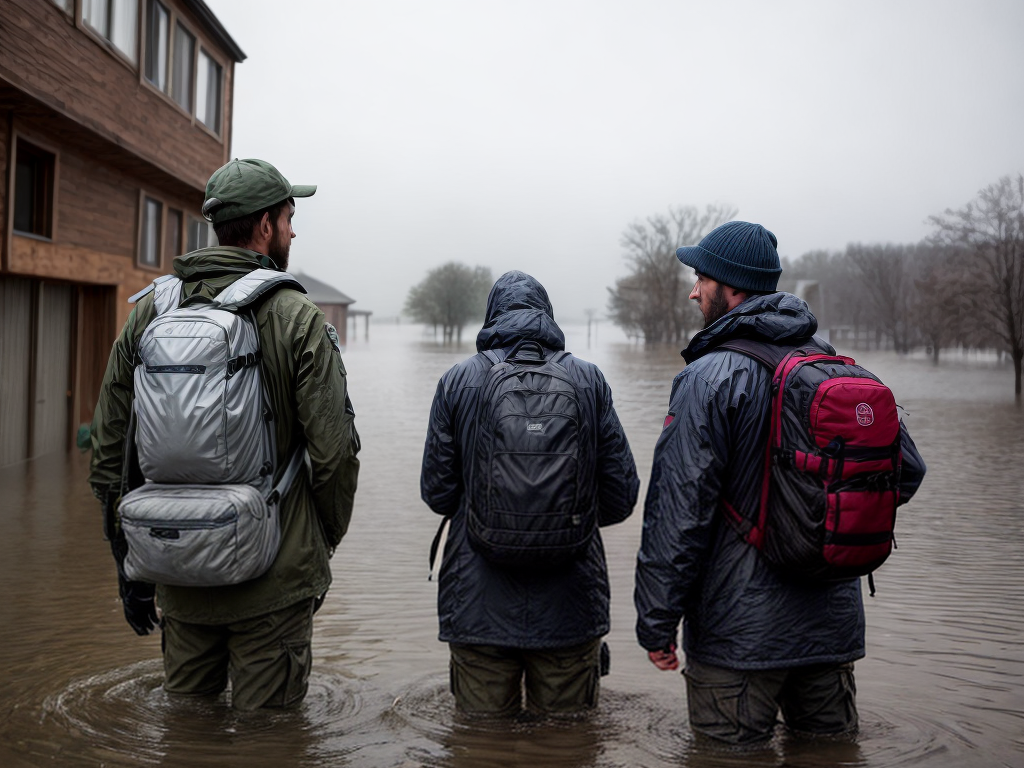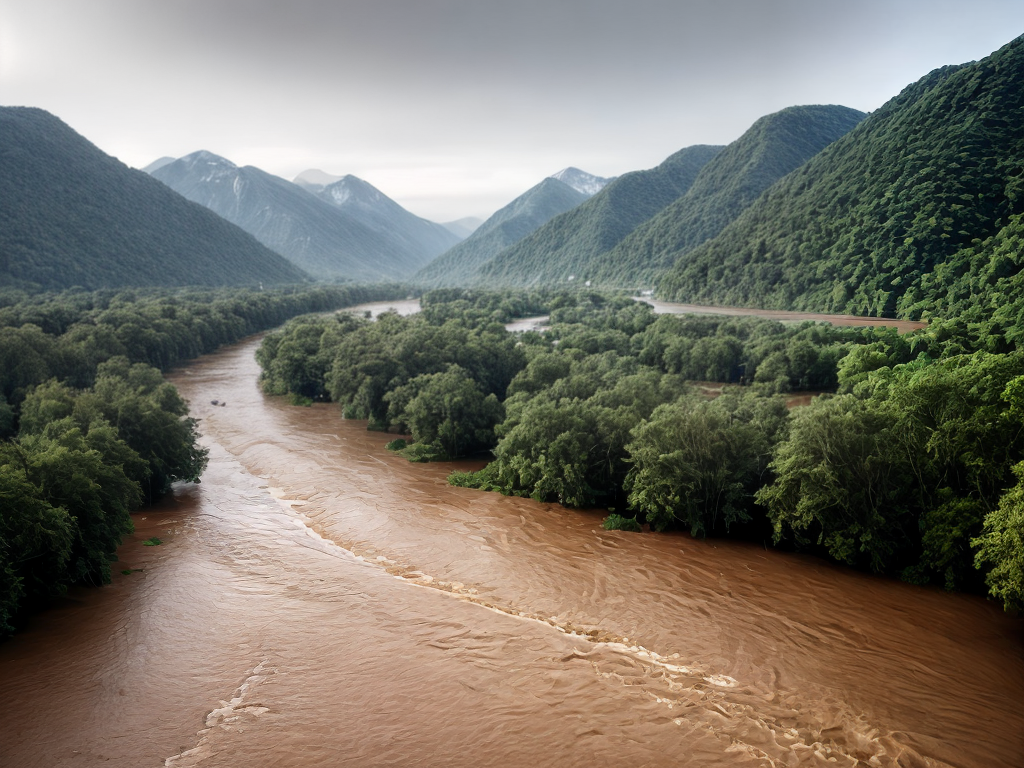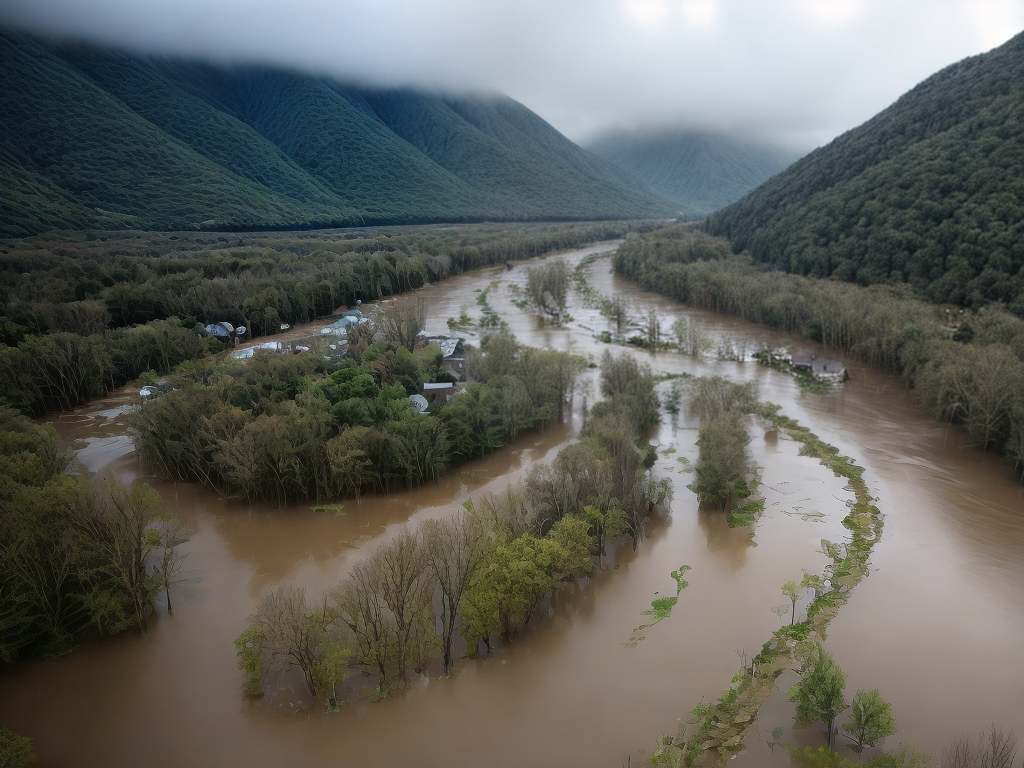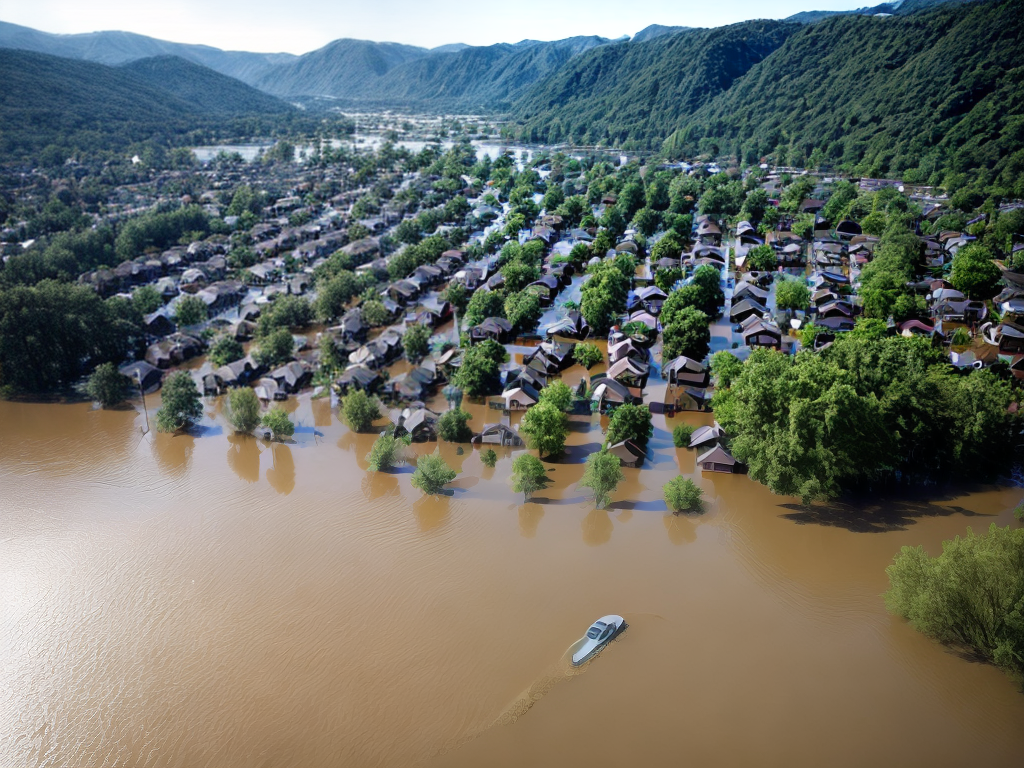Floods have been a recurring natural disaster that poses a significant threat to communities and infrastructure worldwide. Traditional flood risk mapping techniques have relied on historical data and ground-based measurements, but these methods often fall short in accurately predicting and mitigating flood events. However, with the advent of advanced satellite technology, a new era of flood risk mapping has emerged. In this article, we delve into the X-factor of flood risk mapping, exploring how advanced satellite technology has revolutionized our understanding and management of flood risks.
Understanding Flood Risk Mapping
Flood risk mapping is a crucial tool in assessing and managing the potential impact of floods in a specific area. It involves analyzing various factors such as topography, rainfall patterns, land use, and infrastructure vulnerability to determine the likelihood and severity of flooding. Traditional methods heavily rely on historical data, which may not account for the dynamic nature of flood events. This is where advanced satellite technology steps in, offering a more accurate and comprehensive approach.
The Power of Advanced Satellite Technology
Advanced satellite technology has brought about a paradigm shift in flood risk mapping. Satellites equipped with sophisticated sensors and imaging capabilities provide a wealth of data that can be processed and analyzed to generate detailed flood risk maps. These maps offer a higher resolution and broader coverage compared to traditional methods, enabling a more precise assessment of flood-prone areas.
High-Resolution Imagery
One of the key advantages of advanced satellite technology is its ability to capture high-resolution imagery of flood-affected regions. This level of detail allows for a more accurate identification and delineation of flood extent, enabling emergency responders and planners to make informed decisions promptly. Additionally, high-resolution imagery facilitates the detection of small-scale changes in land cover, aiding in the assessment of potential flood hazards.
Remote Sensing
Remote sensing, a technique used in conjunction with advanced satellite technology, plays a vital role in flood risk mapping. By utilizing different spectral bands and wavelengths, satellites can detect and measure various parameters associated with flooding, such as water levels, flow velocities, and sediment concentrations. This valuable information helps in modeling flood scenarios and predicting their potential impact on communities and infrastructure.
Real-Time Monitoring
Unlike traditional methods that rely on sporadic data collection, advanced satellite technology allows for real-time monitoring of flood events. Satellites equipped with synthetic aperture radar (SAR) can penetrate cloud cover and capture images even during adverse weather conditions. This continuous and up-to-date monitoring enables authorities to track the progression of floods, assess their impact, and deploy resources effectively for emergency response and recovery efforts.
The Role of Machine Learning and Artificial Intelligence
Advanced satellite technology goes beyond just capturing imagery and data. Machine learning algorithms and artificial intelligence (AI) techniques are employed to process and analyze the vast amount of information collected by satellites. These algorithms can identify patterns and relationships between different variables, leading to more accurate flood risk assessments. By continuously learning from new data, machine learning models improve over time, refining flood risk predictions and enhancing our ability to respond to flood events.
The Benefits of Advanced Satellite Technology in Flood Risk Mapping
The integration of advanced satellite technology in flood risk mapping brings several significant benefits:
Enhanced Accuracy and Precision
By providing high-resolution imagery and real-time data, advanced satellite technology significantly improves the accuracy and precision of flood risk mapping. This allows for more targeted and effective flood mitigation strategies, reducing the potential impact on lives and infrastructure.
Cost-Effectiveness
Advanced satellite technology offers a cost-effective solution for flood risk mapping. Traditional methods often involve extensive field surveys and data collection, which can be time-consuming and expensive. Satellites, on the other hand, provide comprehensive coverage and data collection at a fraction of the cost, enabling broader access to flood risk information.
Speed and Efficiency
With the ability to capture real-time data and monitor flood events continuously, advanced satellite technology enables rapid response and decision-making. This speed and efficiency are vital in emergency situations, where timely actions can save lives and minimize damages.
Global Coverage
Satellites have the advantage of global coverage, allowing flood risk mapping to extend beyond local or regional boundaries. This global perspective helps in identifying potential transboundary flood risks and coordinating international efforts in flood management and response.
Conclusion
Advanced satellite technology has become the X-factor in flood risk mapping, revolutionizing our understanding and management of flood risks. Through high-resolution imagery, remote sensing, real-time monitoring, and the application of machine learning and artificial intelligence, satellites have significantly enhanced the accuracy, precision, and speed of flood risk assessments. The integration of advanced satellite technology brings numerous benefits, from improved flood mitigation strategies to cost-effectiveness and global coverage. As we continue to harness the power of satellites, we unlock new possibilities in proactive flood management and the safeguarding of vulnerable communities worldwide.

